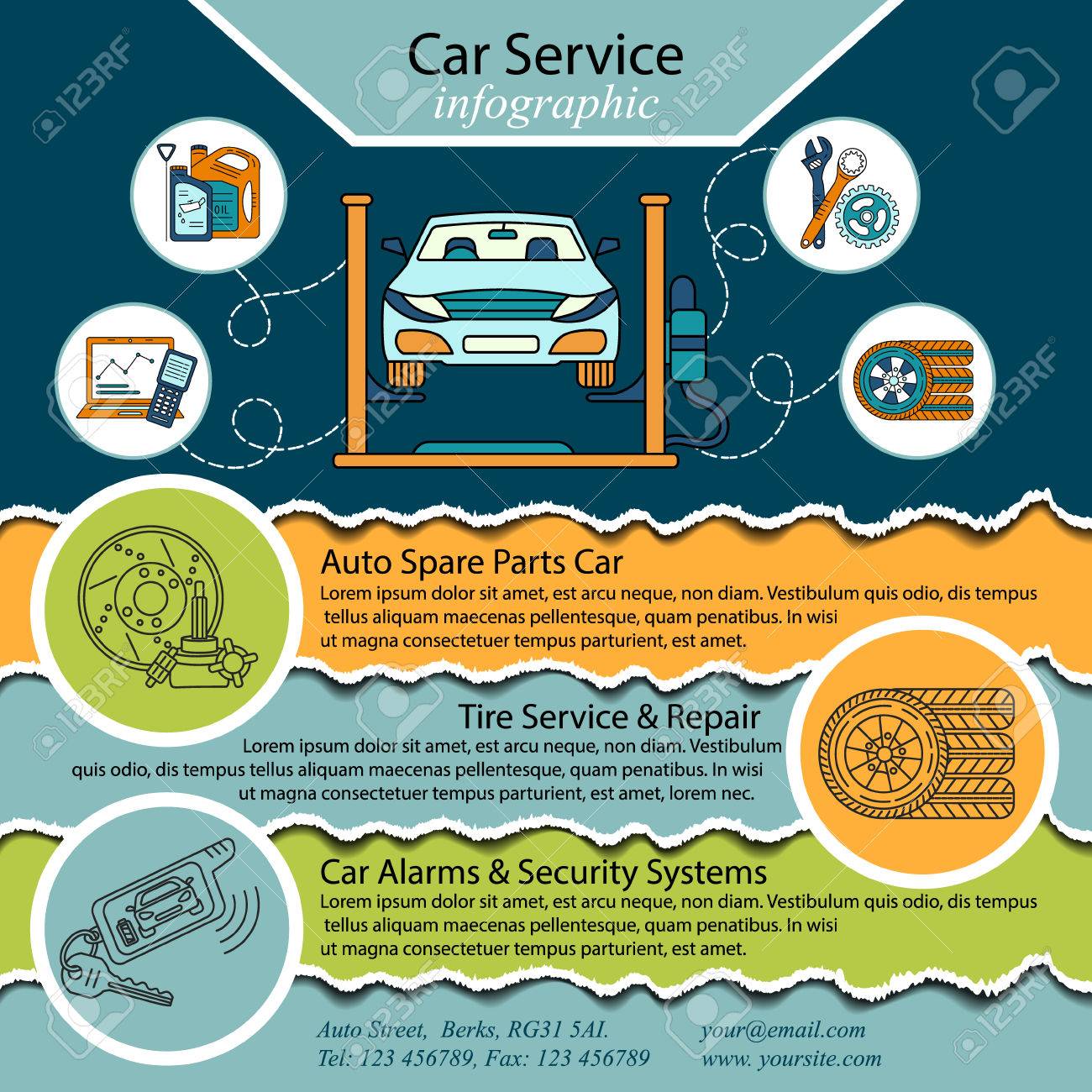Recognizing Your Automobile'S Caution Lighting: What Do They Really Mean?
Recognizing Your Automobile'S Caution Lighting: What Do They Really Mean?
Blog Article
Personnel Writer-Lim Kejser
When you lag the wheel, those radiant caution lights on your dashboard can be a little bit bewildering. Do detailer know what they're trying to inform you regarding your automobile's wellness? Understanding please click the next document of these lights is crucial for your security and the durability of your automobile. So, the next time among those lights turns up, would not you wish to understand its message accurately and take the essential steps to address it?
Common Caution Lights and Interpretations
Identify usual caution lights in your vehicle and recognize their significances to make certain safe driving.
One of the most regular warning lights include the check engine light, which signifies concerns with the engine or emissions system. If this light begins, it's important to have your vehicle examined immediately.
The oil pressure cautioning light shows low oil stress, needing instant focus to avoid engine damage.
A flashing battery light may recommend a damaged charging system, potentially leaving you stranded otherwise addressed.
The tire pressure monitoring system (TPMS) light notifies you to low tire stress, affecting vehicle security and fuel effectiveness. Overlooking this can result in harmful driving problems.
The ABS light shows an issue with the anti-lock stopping system, jeopardizing your ability to quit rapidly in emergencies.
Finally, the coolant temperature level advising light warns of engine overheating, which can cause severe damage otherwise dealt with swiftly.
Comprehending these typical caution lights will aid you address problems immediately and preserve risk-free driving conditions.
Importance of Prompt Focus
Recognizing the common warning lights in your vehicle is just the primary step; the importance of promptly dealing with these cautions can not be emphasized enough to ensure your safety when driving.
When a caution light illuminates on your control panel, it's your auto's method of interacting a potential issue that requires attention. Neglecting these warnings can lead to extra extreme troubles in the future, jeopardizing your security and possibly costing you extra in repairs.
Prompt focus to advising lights can avoid failures and mishaps. For example, a flashing check engine light can suggest a misfire that, if left neglected, could create damage to the catalytic converter. Resolving this promptly can conserve you from a pricey repair work.
Likewise, a brake system cautioning light might signal low brake fluid or worn brake pads, crucial elements for your safety and security when driving.
Do It Yourself Troubleshooting Tips
If you see a warning light on your control panel, there are a few DIY troubleshooting pointers you can attempt before looking for professional assistance.
The first step is to consult your automobile's handbook to comprehend what the particular warning light suggests. In some cases the problem can be as simple as a loosened gas cap triggering the check engine light. Tightening up the gas cap may resolve the problem.
Another usual concern is a reduced battery, which can cause different alerting lights. Checking the battery links for deterioration and guaranteeing they're safe and secure could fix the trouble.
If a warning light persists, you can attempt resetting it by detaching the auto's battery for a few minutes and afterwards reconnecting it. In addition, examining your lorry's liquid levels, such as oil, coolant, and brake fluid, can assist troubleshoot advising lights connected to these systems.
Final thought
To conclude, understanding your car's warning lights is important for maintaining your car running smoothly and safely. By immediately attending to these signals and recognizing what they mean, you can avoid pricey repair work and prospective failures.
Remember to consult your cars and truck's manual for particular details on each warning light and act appropriately to make sure a trouble-free driving experience.
Keep educated, remain safe when traveling!
